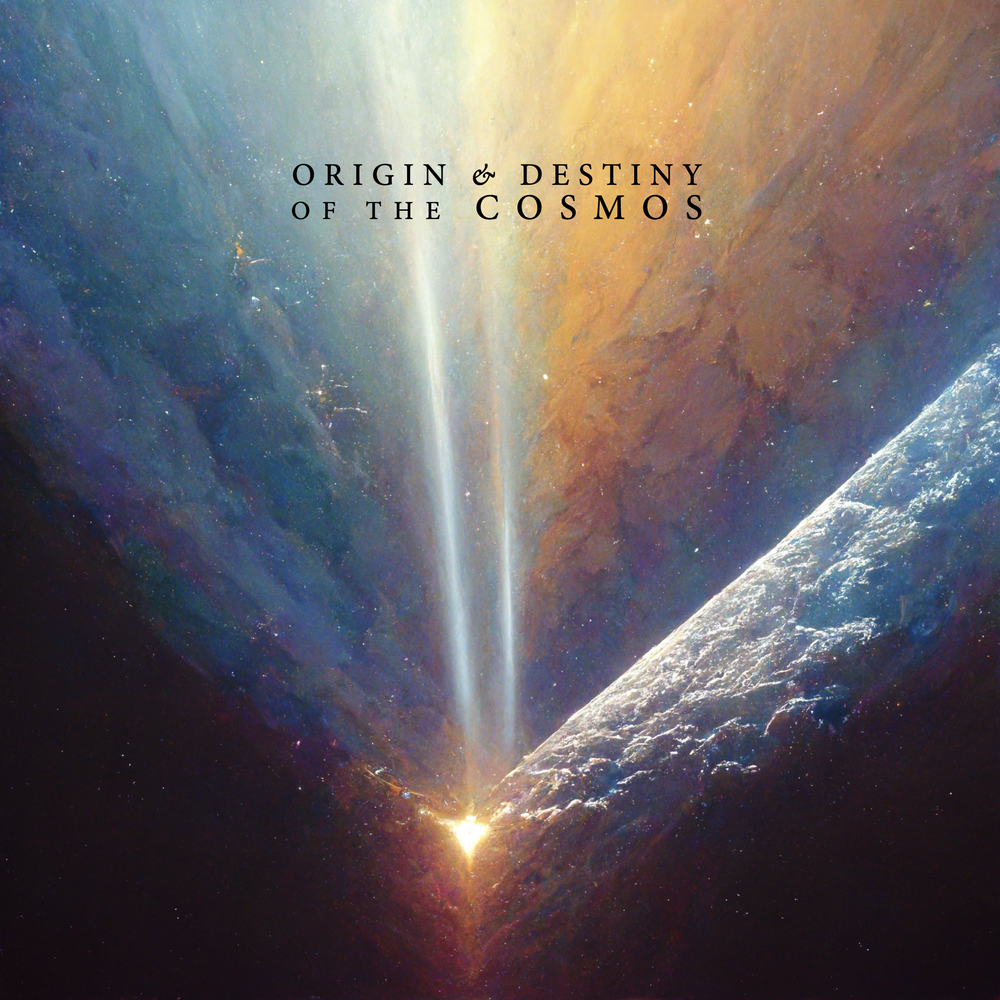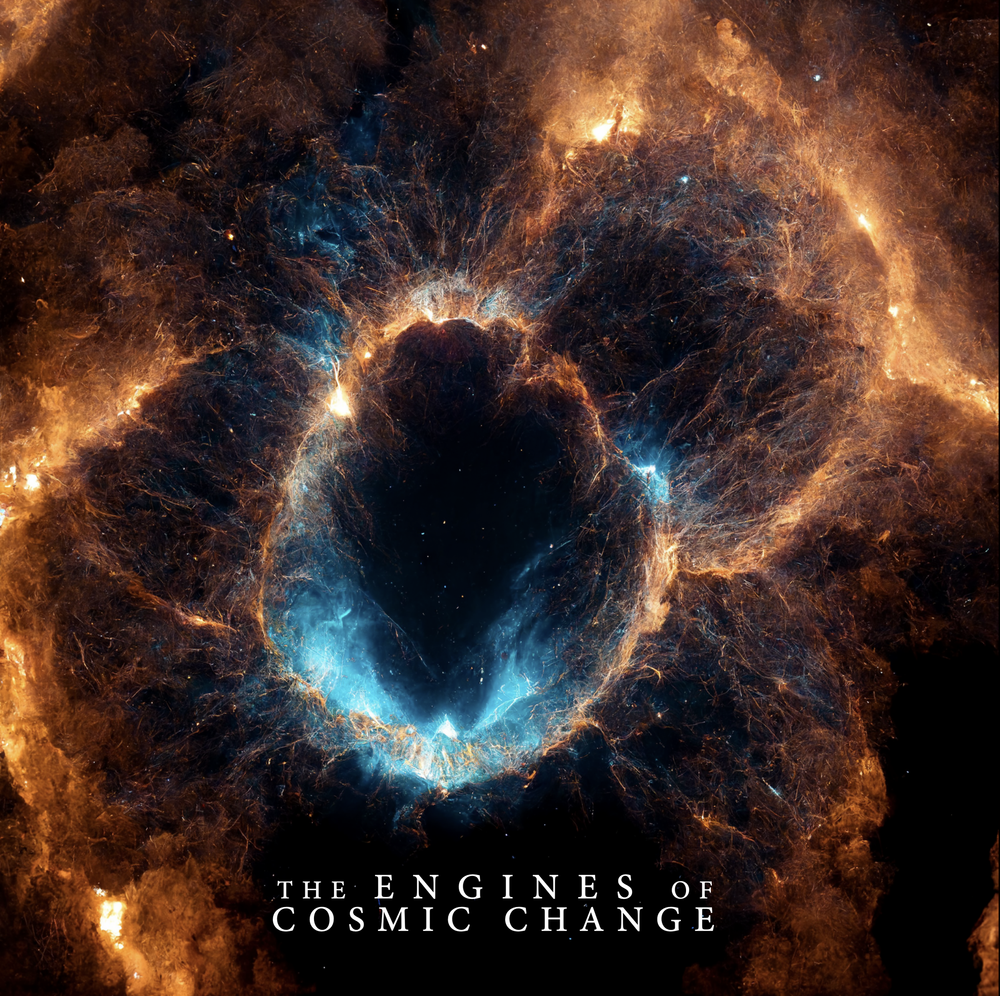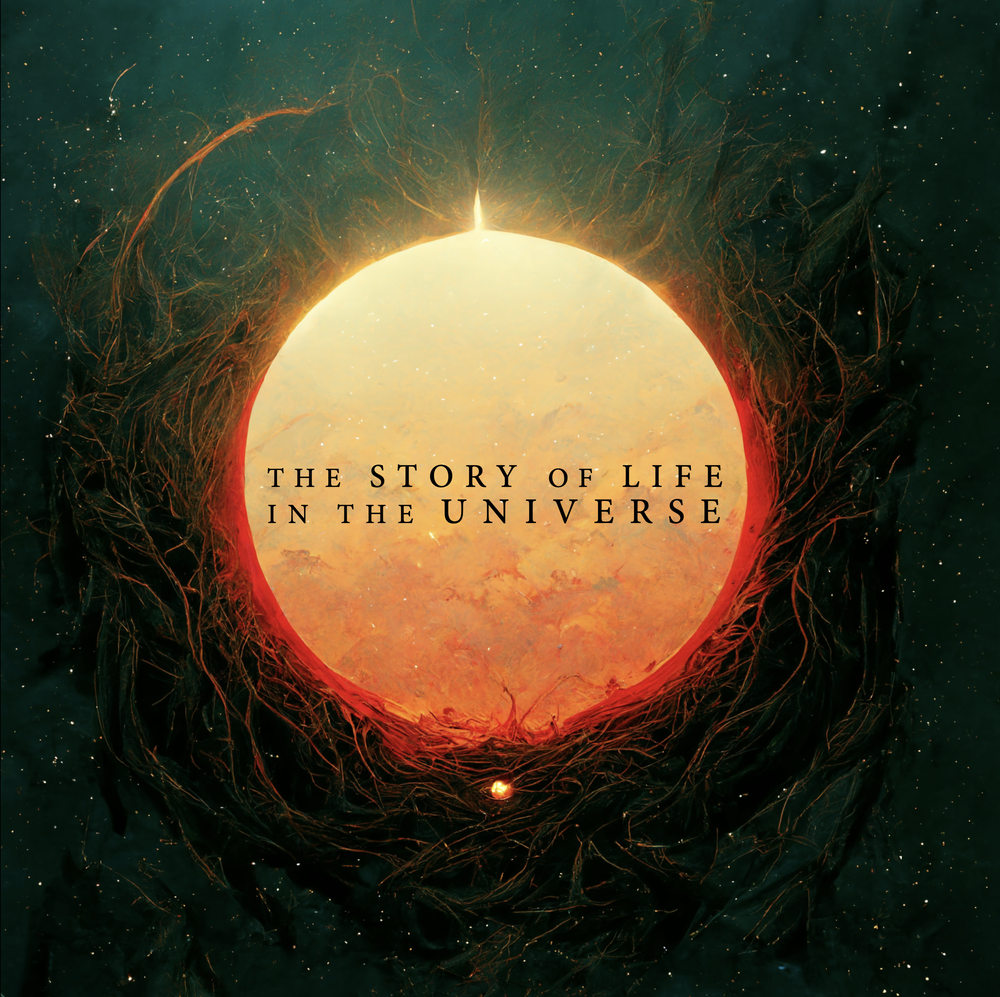
Our Mission
Astro2020 has placed pursuit of a new constellation of Great Observatories as the top national priority for the future of space astrophysics. The report envisions a new strategy for the development of these large missions in the form of the Great Observatories Mission & Technology Maturation Program (GOMaP), whose first entrants are to be a Habitable Worlds Observatory optimized for exoplanet imaging/spectroscopy and transformative astrophysics, followed by a high spatial and spectral resolution X-ray Great Observatory, and a Far-Infrared Great Observatory. To first order, GOMaP is a decade long, $1.2B program designed to retire risk, co-mature enabling technologies, and conduct science + architecture trades for all three mission entrants.
Yet these clinical descriptions of the GOMaP can obscure the visionary intent of its creation: to launch a fleet of Great Observatories that will enable the greatest cosmic discoveries in history, and transform our understanding of the greatest questions in existence:
We are, of course, fully cognizant of the immense and manifold challenges that lie ahead. Astro2020’s recommendation of the GOMaP is arguably meant to reconcile maximal ambition with the immense budgetary and programmatic uncertainty of the time in which it was written. Astro2020 finalized their recommendations while the global economy was in a pandemic-induced tailspin, JWST had yet to launch after 14 years of cost and schedule growth, and Roman had not yet passed CDR. The picture is similarly challenging today: macroeconomic headwinds have grown while the NASA Astrophysics budget faces proposed decreases, largely due to JWST’s transition to Phase E. Hubble and Chandra, though still world-class facilities, are certainly in their twilight years. Moreover, GOMaP spending is intended to peak as NASA pursues complex programs like Artemis and Mars Sample Return.
And yet, we find ourselves in one of the most triumphant and extraordinary moments in the recent history of astronomy. JWST, long considered an albatross and programmatic boondoggle at OMB and on the appropriations committees, has brought awe and wonder to a weary world. JWST’s first images are now drawn in crayon by children worldwide, and have lit up Times and Piccadilly Squares, the Eiffel Tower, and the front page of newspapers in Beijing. President Biden has asked what discoveries might be made by Great Observatories yet to come, remarking that space telescopes “remind America and the world that we can still do big things”. Congress now celebrates JWST on a bipartisan basis, and we are reminded once again that Astronomy remains one of the most effective on-ramps for inspiration into STEM. The funding necessary to fly an entire fleet of Great Observatories is not remotely out of the realm of possibility, and while NASA alone cannot simultaneously develop three flagship observatories, NASA alongside our Industry and International partners can. The global public shares so effortlessly in our wonderment of the cosmos. Now is our moment to boldly advocate for Astro2020’s biggest visions, and share with both policymakers and the public a vision for the future of cosmic discovery that is both scientifically and narratively compelling enough to win exactly the budget increase needed to achieve it.
None of this will happen if we do not advocate for it over the next decade and beyond. In 2020 — more than a year prior to the release of the Decadal report — partners from NASA’s LUVOIR, Lynx, HabEx, and Origins Large Mission Concept Study teams began regular weekly meetings to discuss one collective vision: rather than competing for a top Decadal recommendation, we could unify toward collective advocacy for a maximally ambitious and only partly absurd idea: build the fleet to collectively pursue humanity’s greatest questions.
To that end, the NEW GREAT OBSERVATORIES community movement was founded to empower a coalition of advocates that will carry the beacon for this vision across the coming decade and beyond. We are community (not industry) funded, powered by a growing partnership of institutions that once considered themselves competitors. We are energized and optimistic. And we are now much more than a website: we are a pan-institutional coalition of more than 100 active members, including Decadal Survey members, two former NASA Astrophysics Division Directors, and lead appropriations staffers on the Hill.
Our goals are to:
Foster an inclusive, grassroots community coalition of advocates, most especially early career researchers, who will advocate for a new fleet of Great Observatories amongst stakeholders, policymakers, and the global public.
Inspire a “grasstops” movement among policymakers at the White House and in Congress to grow the NASA and NSF astrophysics budgets to annual levels required to build and fly a new constellation of Great Observatories.
And so, we need you. All of you. NASA’s plans for the GOMaP are only just beginning, and some will be revealed this week in Seattle. But you can get involved right now in a number of ways:
HOW TO GET INVOLVED NOW
1. Attend the major AAS 243 Sessions
A Full list of AAS 243 Events is here
No AAS registration required if you’re attending virtually. Virtual participants will be able to fully participate in the discussion/Q&A.
2. Join the Science Analysis Group
NASA's Physics of the Cosmos, Cosmic Origins, and Exoplanet Exploration Program Analysis Groups (the PhysPAG, COPAG, and ExoPAG, respectively) have jointly formed a new cross-PAG Science Analysis Group (SAG) on science enabled by a fleet of future Great Observatories.
The New Great Observatories Science Analysis Group is charged with analyzing and answering the following questions:
To what degree can the Key Science Questions from Astro2020 be advanced by contemporaneous flight of current, imminent, and future IR/O/UV, X-ray, and FIR Great Observatories? In particular, what discoveries in the Astro2020 Priority Areas might be uniquely made possible by coordinated use of X-ray through FIR space observatories using powerful and varied instruments? What gaps require contemporaneous flight of several or even all of these observatories, and to what degree is asynchronous panchromatic coverage sufficient? How might gaps be closed by the notional future multi-scale multiwavelength mission portfolio, including future explorers and probes?
In the scenario that any or all of these missions not be launched, or should their missions see minimal overlap, what are the corresponding scientific impacts with regards to loss of discovery space or inability of the community to address the priority areas of Astro2020?
The SAG has now been recommended by the NASA Astrophysics Advisory Committee and formally approved by Dr. Mark Clampin, the NASA Astrophysics Division Director. The PhysPAG, COPAG, and ExoPAG Executive Committee (EC) Chairs are therefore now ready to solicit SAG membership from the broad astronomy and aerospace engineering communities.
In alignment with NASA’s core value of inclusion, the SAG will be committed to fostering an inclusive environment for all participants, and will invite candidates from all backgrounds to contribute fully, including in SAG-wide leadership roles. Applications to the SAG are easy and quick, and we encourage applications from community members at all career stages.
If interested, please fill out the form at this website, even though the deadline is passed!
3. Join our Slack Workspace
Our movement needs you. So long as you agree to our team’s Code of Conduct (link coming soon), you are welcome to ask to join our Slack Workspace and participate in our active daily work as we scale our coalition to realize our ambitious goals.
Fill out the form below to receive an invite link.
We will work as quickly as possible to send links throughout AAS 241
On our Slack Workspace, we ask only that you treat one another with kindness and respect.
Our full Code of Conduct will be posted shortly.
4. Spread the word
Follow the New Great Observatories on Twitter
Download art assets to promote the New Great Observatories in your science talks, in teaching, and within your communities.








